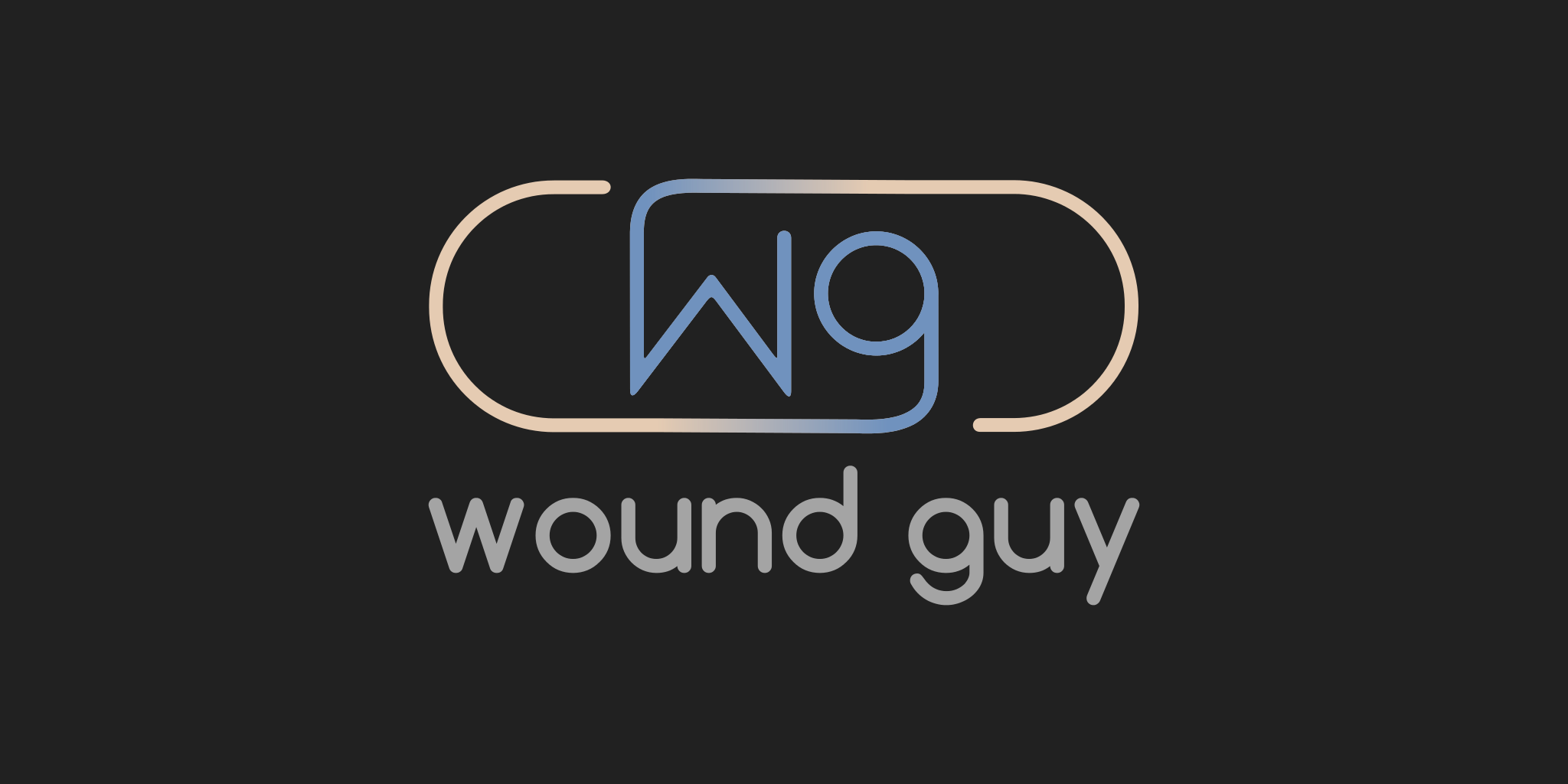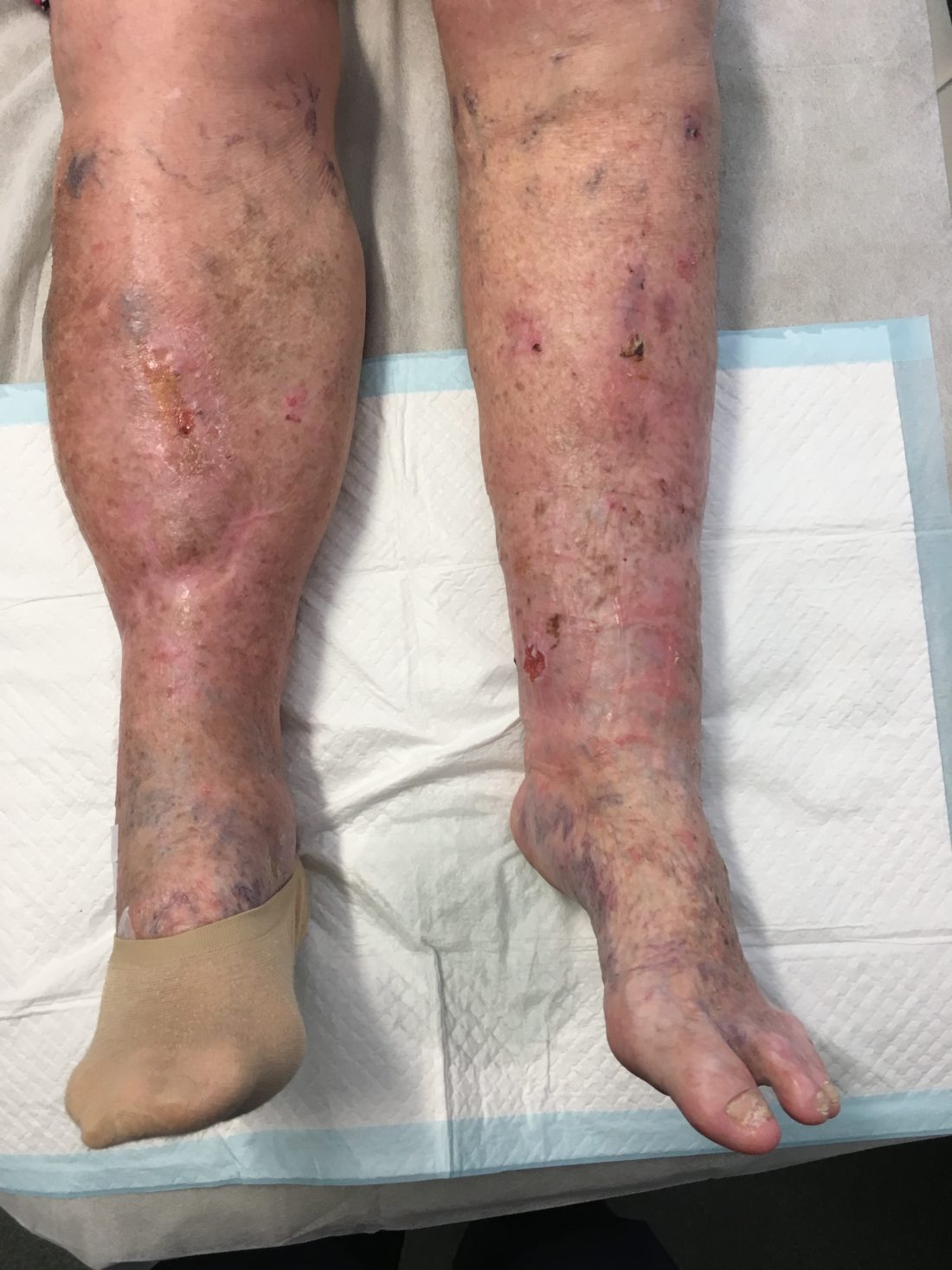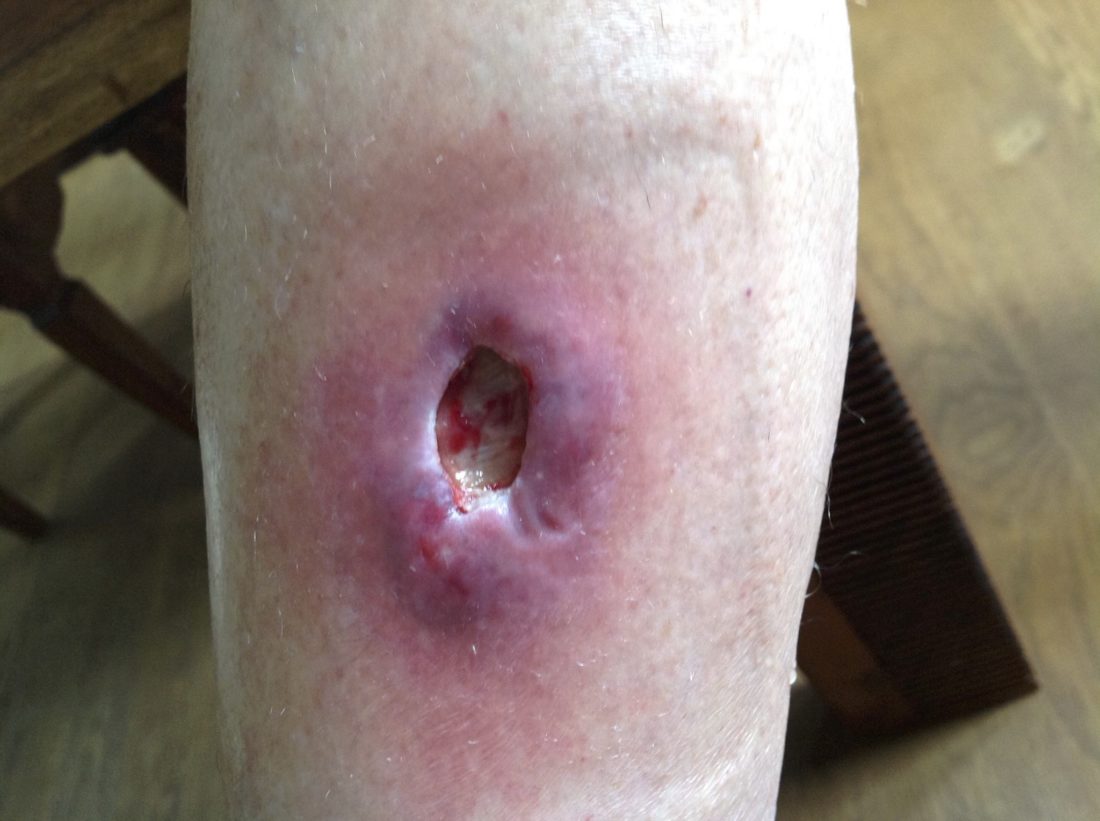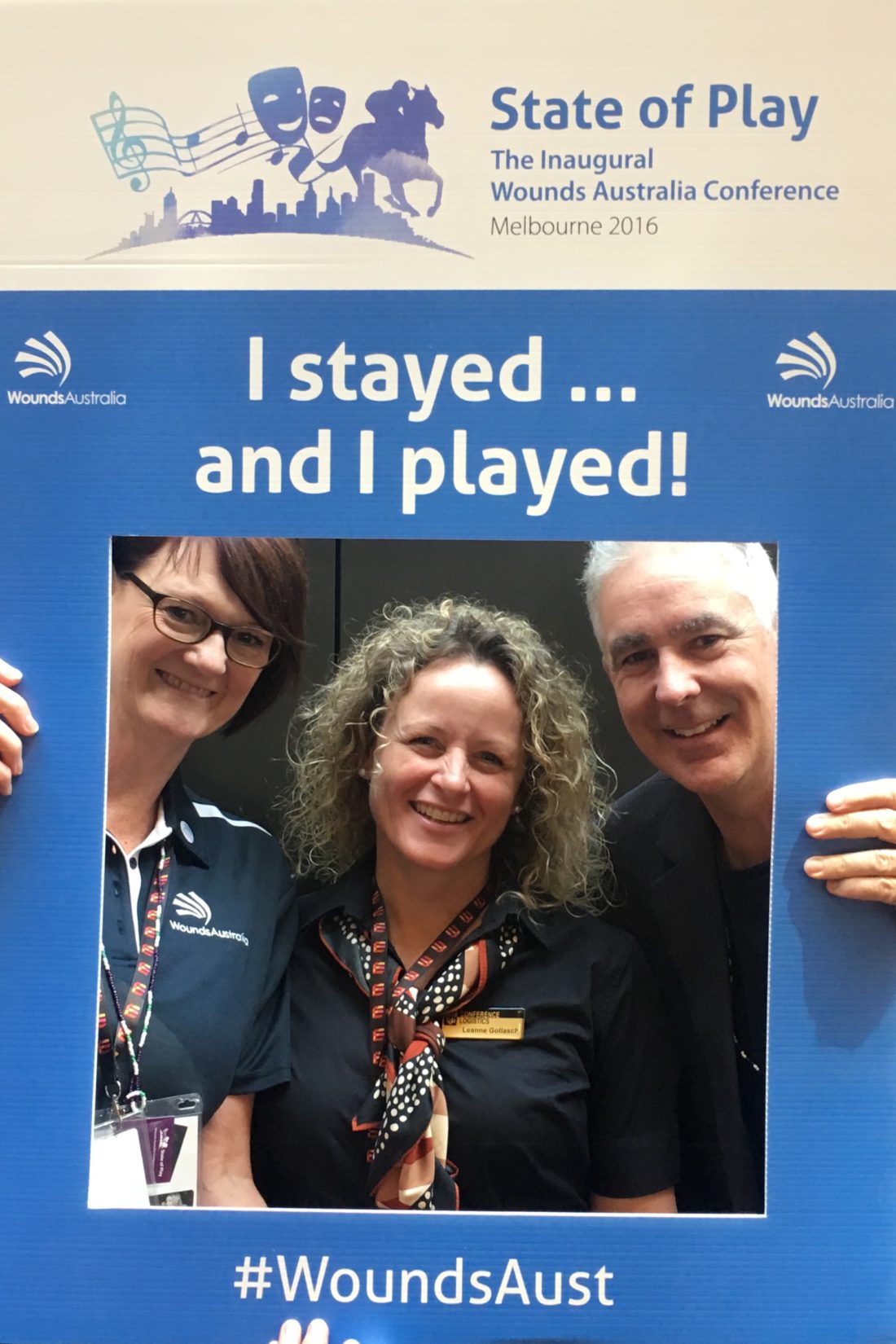29 April 2018
In
News
By
thewoundguy
The New England Journal of Medicine has just published the outcomes of the EVRA (Early Venous Reflux Ablation) trial. The findings are that endovenous ablation of superficial venous reflux concurrent with compression when compared to compression therapy alone resulted in shorter venous ulcer healing times
20 November 2017
In
News
By
thewoundguy
I have come to realise that a chronic wound is skin in organ failure. As with all other organs the key is to determine whether the failure is reversible or not. Once known then the clinician and patient can design an intervention to address the
11 June 2017
In
News
By
thewoundguy
Dr Jacqui Chirgwin is the lead Phlebologist and Medical Director of Newcastle's (NSW) Vein and Laser Centre. I recently had the opportunity to spend a day with her and her team in order to learn more about the role of sclerotherapy and laser ablation for
31 March 2017
In
News
By
thewoundguy
Smoking
Drugs - opioids, steroids, anticoaggulants, illicit
Diabetes
Obesity (BMI >40 there is a 51% chance of infection within 6 weeks of the surgery)
Pre-eclampsia
Prior C-section
Poor nutrition
Ischaemia (normally intra, peri and post-op)
Retained foreign bodies - sutures, clips, drains, dressing materials
17 January 2017
In
News
By
thewoundguy
Nast and colleagues recently wrote about how silicone products can improve a scar's presentation, along with reducing the risk of hypertrophic scar formation or helping accelerate its resolution. This of course has relevance for those individuals with a predisposition to abnormal scarring such as those
17 December 2016
In
News
By
thewoundguy
Dr Adam Johnson describes how poorly controlled blood glucose leads to the loss of elasticity and shock absorption capacity of tendon, ligaments and skin. He suggests that these changes in combination with alterations in the foot's bony architecture results in the elevated risk of foot ulceration
16 November 2016
In
News
By
thewoundguy
I had the great privilege of being the Master of Ceremonies for the Inaugural Wounds Australia Conference in Melbourne over November 10 to 12.
My congratulations to Geoff Sussman, Andrea Minnis, Leanne Gollasch and their amazing teams for the program design and impeccable organization of the
6 October 2016
In
News
By
thewoundguy
This is the second composition of WUWHS presentation summaries.
1. Electrical stimulation (ES) devices such as WoundEL and AccelHeal were discussed for hard-to-heal wounds. The next step in development will be to replace the machine-to-patient leads with systems which use wireless microcurrent stimulation. ES benefits have









